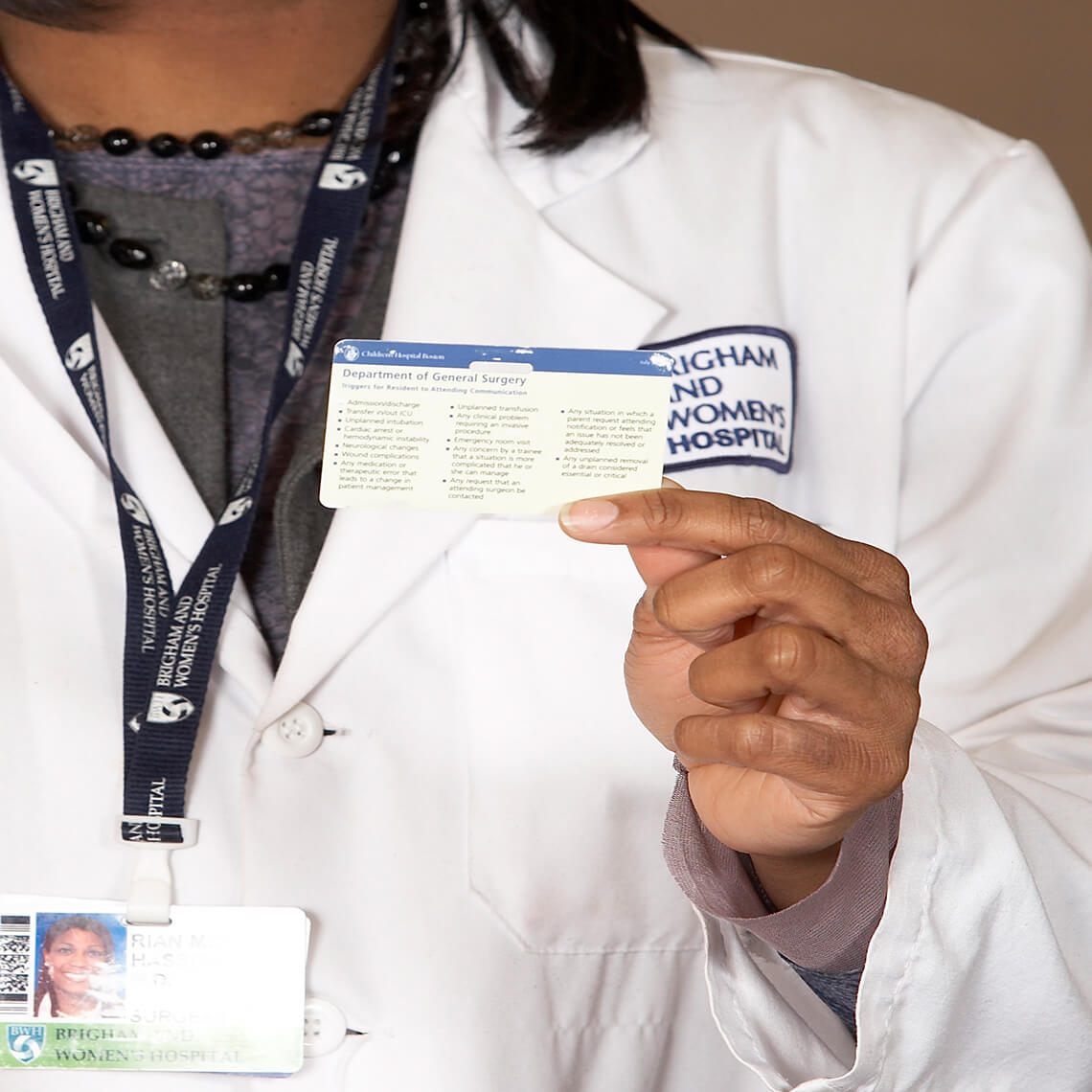Blog Post
Preventing Fall Related Injuries

Earlier in 2015, the Academic Medical Center Patient Safety Organization (AMC PSO), a component entity of The Risk Management Foundation of the Harvard Medical Institutions Incorporated, pursued similar efforts (Patient Safety Alert 23) on the seriousness of and preventative measures for patient falls. Both alerts highlight inadequate patient assessment and communication failures as core contributing factors to patient falls, in addition to absent, inadequate, or non-adherence to existing policies and procedures.
Both the sentinel event and AMC PSO alerts list several preventative strategies that providers may deploy against this event type. Utilization of standardized and validated assessment scales, interdisciplinary prevention teams, and standardized communication protocols top both lists as essential interventions. While the sentinel event alert concludes with a valuable list of provider resources and toolkits, the AMC PSO focused the intervention portion of its alert on “Fall TIPS (Tailoring Interventions for Patient Safety),” led by Patricia Dykes, PhD, a senior research scientist at Brigham and Women’s Hospital’s Center for Patient Safety, Research, and Practice. Dr. Dykes’ study “demonstrated significant potential” with study outcomes showing “90 [prevented] falls [per unit per year].” Further information on Fall TIPS can be found here.
The AMC PSO suggests rigorous, science-based methodologies, like Fall TIPS, as a demonstrated strategy to assist providers in preventing patient falls. Please visit the AMC PSO’s Patient Safety Alert page to request and download the entire library of alerts.
Related Blog Posts
Investing in Patient Safety


Mind the Gaps: Learning How to Avoid Miscommunication Pitfalls
January Safety Salute | MedStar Health Creating a Just Culture

